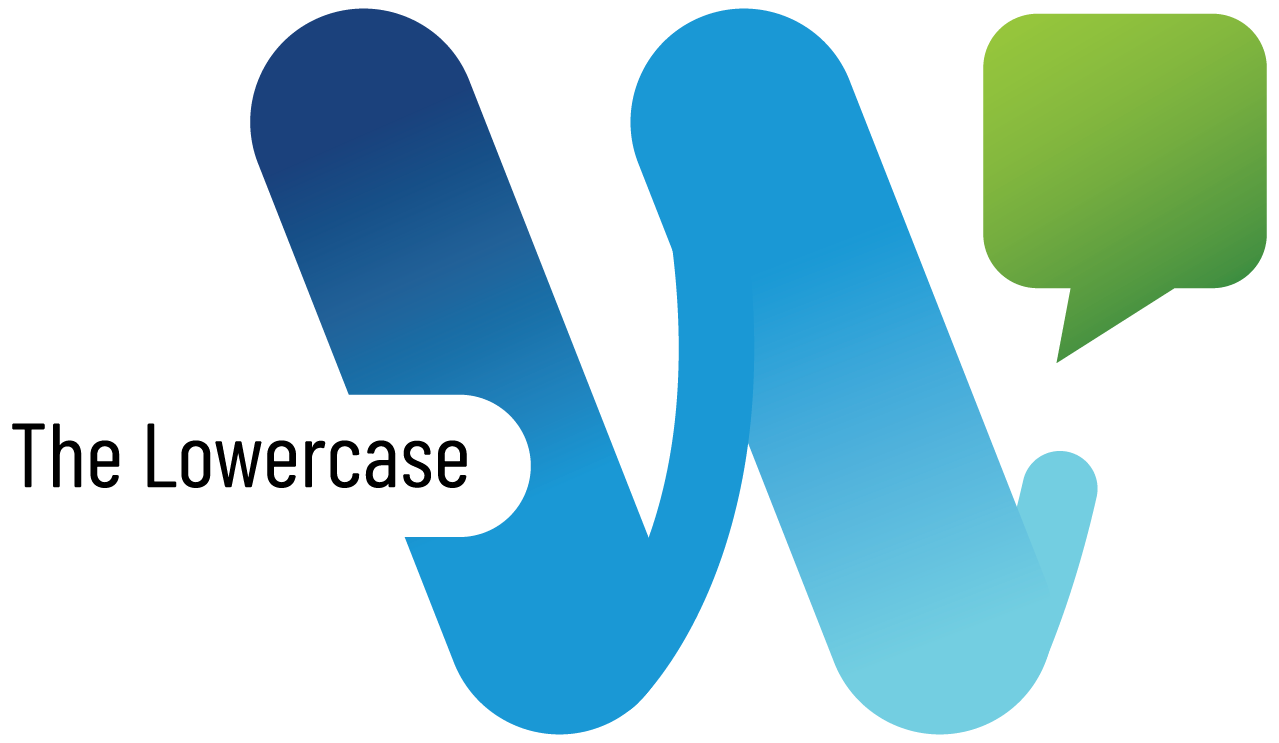Deploying Vembu BDR Suite (Part 1 – System Requirements)
Ben Liebowitz
- 0
- 3769
To go along with my Partnership with Vembu, I’ve decided to install the Vembu BDR Suite in my home lab. Since this involves deploying a new VM for the BDR Backup Server, I thought I’d start with going over the Vembu BDR Suite System Requirements.

You can see below, the Vembu BDR Backup Server supports multiple versions of Windows and of Linux.
- Windows Server 2022 (Standard, Datacenter)
- Windows Server 2019 (Essentials, Standard, Datacenter)
- Windows Server 2019 Core (Standard, Datacenter)
- Windows Server 2016 (Essentials, Standard, Datacenter)
- Windows Server 2016 Core (Standard, Datacenter)
- Windows Server 2012 R2 (Foundation, Essentials, Standard, Datacenter)
- Windows Server 2012 R2 Core (Standard,Datacenter)
- Windows 11 (Home, Pro) (for evaluation only)
- Windows 10 (Home, Pro, Enterprise) (for evaluation only)
- Ubuntu 20.04 LTS
- Ubuntu 18.04 LTS
Each of these OS’s are only supported by Vembu in 64bit architecture, not x86.
For Memory, you can run a minimum of 8gb (for evaluation purposes only) but they recommend 16gb in Production.
For CPU, they support 4 cores for Evaluation and 8 cores for Production.
As for local storage, they suggest .1% to .5% of the original data size. If you’re backing up 500gb, then they suggest 50gb to 250gb locally.
Finally, for browser support, they list IE11+, Firefox v53+, and Chrome v68+.
They list the same requirements for the DR Backup server as the Production server.
For the BDR Client for VMware, Hyper-V, and Windows:
The supported Operating Systems are listed below
- Windows Server 2022
- Windows Server 2019
- Windows Server 2016
- Windows Server 2012 R2
- Windows Server 2012
- Windows 11
- Windows 10
- Windows 8.1
- Debian Linux 10.0 & above
- CentOS 7.0 & above
- CloudLinux 7.0 & above
- Fedora 34.0
- Red Hat Enterprise Linux v8.0
- SUSE Linux Enterprise Server 12 SP5 & above
- Ubuntu 18.04 LTS & above
- macOS 11.0 (Big Sur)
- macOS 10.15 (Catalina)
- macOS 10.14 (Mojave)
Again, architecture is only supported for x64.
For memory of the BDR Client, it’s a minimum of 4gb ram. They recommend 8gb+
For CPU, they list the minimum at 2 cores, but recommend 4+ cores.
Network card of 1Gbps and above
If you’re backing up AWS EC2 Instances, below are the listed prerequisites.
Ports required are 80 for HTTP Communication and 443 for HTTPS communication
EC2 service permissions are listed below:
- CreateSnapshots
- CreateTags
- DeleteSnapshot
- DescribeAvailabilityZones
- DescribeInstanceStatus
- DescribeInstances
- DescribeKeyPairs
- DescribeRegions
- DescribeSnapshots
- DescribeVolumeStatus
- DescribeVolumes
- CreateImage
- DescribeVpcs
- RegisterImage
- DeregisterImage
- AttachVolume
- CreateVolume
- DeleteVolume
- DetachVolume
- RunInstances
- GetCallerIdentity [from AWS Security Token Service (STS)]
AWS Services
- Amazon Elastic Compute Cloud (EC2)
- Amazon Security Token Service (STS)
- Amazon Identity and Access Management (IAM)
They recommend 4 cores for the backup server in AWS.
They support the same browsers here as above.
I look forward to my journey getting to know the Vembu BDR Suite!
Ben Liebowitz, VCP, vExpert
NJ VMUG Leader

